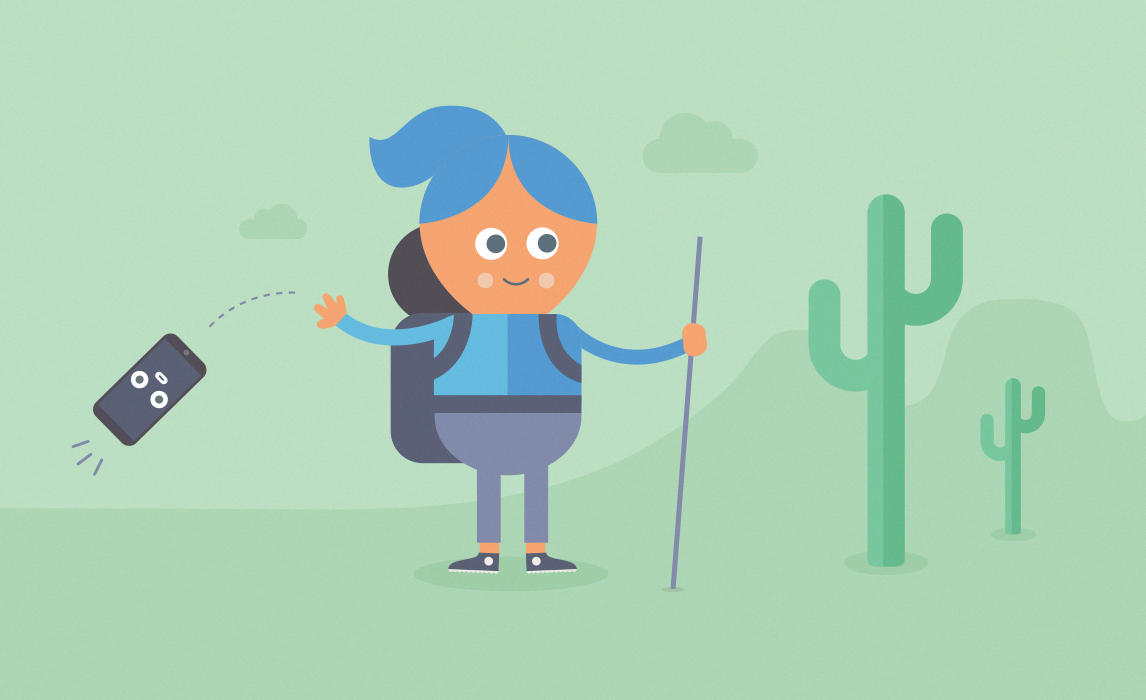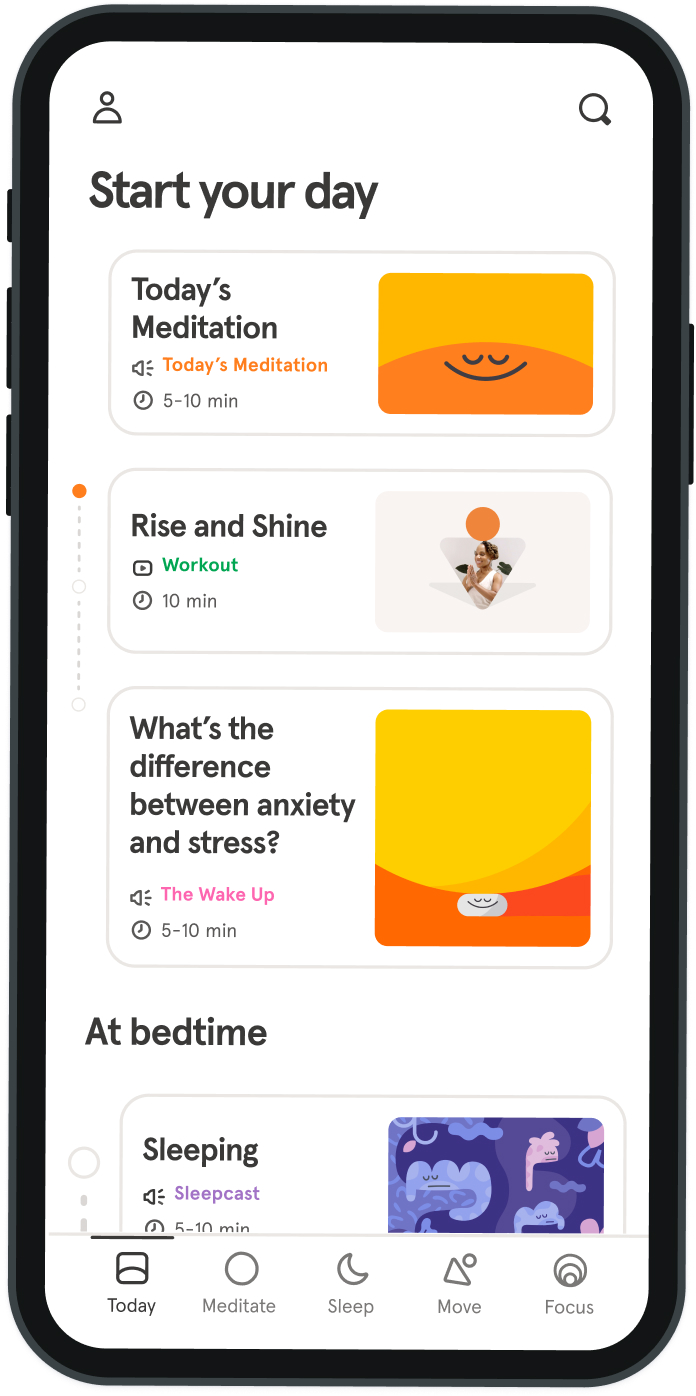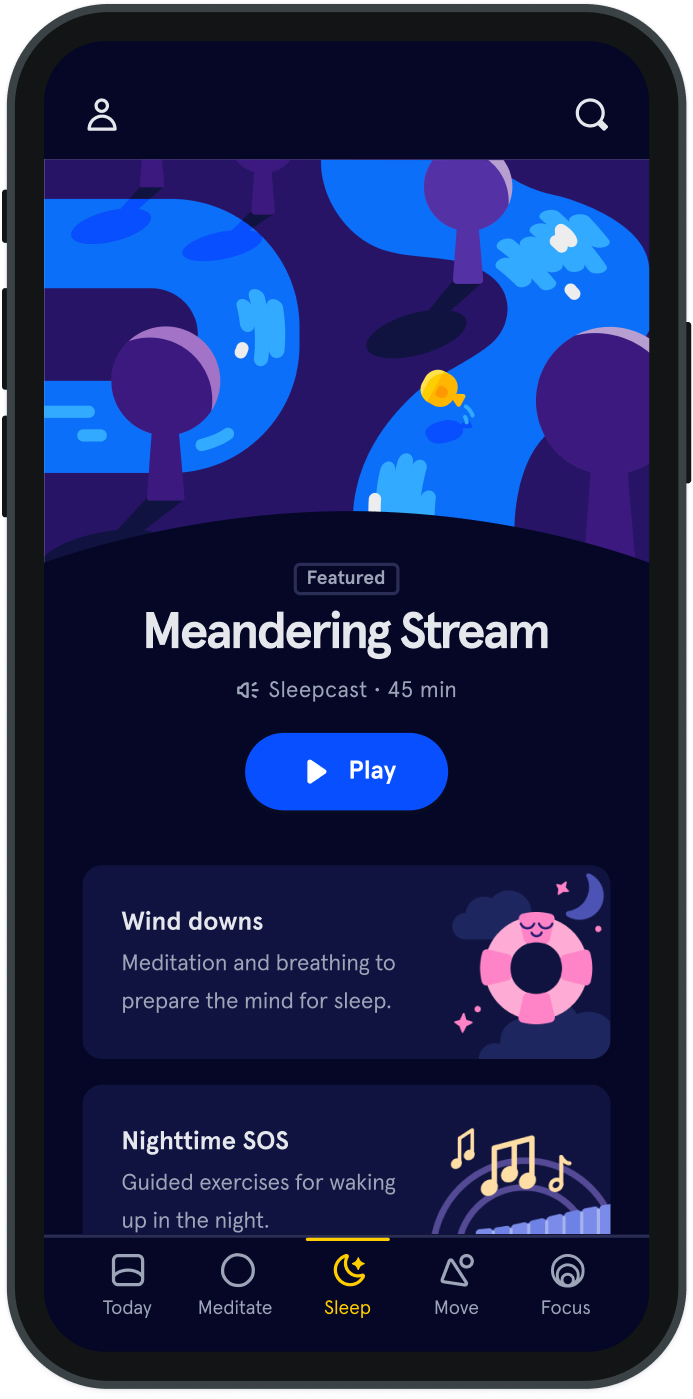What happens when you’re forced to put down your phone?
I was excited to visit the Hopi Reservation in northeastern Arizona to do research for a travel guide, but was immediately disappointed when my main source, tour guide and Hopi anthropologist Micah Loma'omvaya told me, "While you’re watching the ceremony, please, no notes, no recordings, no photography."
I’d already seen the wooden signs that said the same thing. They were posted at the entrance to Upper Moenkopi, the village we'd be touring. I’d mostly ignored them, that is, until Micah spoke. Not wanting to be disrespectful, I reacted inwardly by panicking. How would I be able to report on, what they referred to as, the “social dances” I was about to witness? I'm a reporter. I take notes. I make photographs! This internal dialogue repeated itself as I sat in the vehicle with Micah. As if he felt my anxiety, Micah calmly said, "You'll just observe. You'll experience it and take it in without distraction." I was still panicking as we parked. I followed my tour guide toward the plaza area, where an encircled crowd of Hopi villagers stood on dusty ground, their pueblo-style homes in the background. Admittedly, I accepted the Hopi form of visitor etiquette with reluctance at first, and not the humility it warranted. I just wanted to work the way I always did. But then the drums started to speak. First I heard a light boom, boom, boom in the distance, then I could feel it in my chest. A line of male dancers wearing buffalo heads and young girls with painted headdresses appeared outside the circle, heading our way. Soon enough, I was in awe, mesmerized by the color, movement, and sound, and I forgot all about my work tools.
Later, I wrote in my guidebook that Hopi etiquette encourages visitors to “use your mind and heart to record what you are privileged to witness.” The dancers have practiced for this moment. They’ve dressed for the occasion—in leather garb, colorful beads, eagle feathers—and all of it holds spiritual or cultural meaning for the Hopi people. It’s their way of praying, particularly for rain, which grows their corn and sustains their people. I did feel privileged to experience something so beautiful. It didn’t matter that I couldn’t use my phone or camera to record it, my eyes did a better job than technology ever could. I remember more from this trip than any other I’ve taken since—the serious expression on the faces of the Buffalo Dancers, the leather clothing wrapped around their bodies; the moment the village women started bringing out baskets full of food near the end of the dancing; the graceful up and down movement of the young girls’ hands and the way they raised their knees up and down, tapping their feet on the ground to the beat of chants and drum beats. I can still smell the smoke from the kivas and see Hopi men climbing onto rooftops to get the best view.
My visit to Hopi Land turned out to be an unexpected exercise in mindfulness, a reminder of the importance of being OK with where you are in the moment. Being present is powerful stuff. Instead of scribbling in my notebook or zooming in on a detail in my camera’s viewfinder, I actually saw what was in front of me. Instead of writing down what I felt, I just let myself feel it. According to research, practicing mindfulness positively affects the part of the brain linked to attention, learning, and memory—and direct observation help with recollection as well. No wonder this memory is so vivid. In a time when taking selfies is a must for nearly every outing, when the daily barrage of emails is non-stop, when there isn’t enough time to respond to all of modern technology, putting your heart and mind into the present makes so much sense. Taking it all in without distraction might even work for you, too. At the very least, it’s a privilege worth doing more often.

Instead of zooming in on a detail in my camera’s viewfinder, I actually saw what was in front of me.
Jackie Dishner


Be kind to your mind
- Access the full library of 500+ meditations on everything from stress, to resilience, to compassion
- Put your mind to bed with sleep sounds, music, and wind-down exercises
- Make mindfulness a part of your daily routine with tension-releasing workouts, relaxing yoga, Focus music playlists, and more
Meditation and mindfulness for any mind, any mood, any goal

Stay in the loop
Be the first to get updates on our latest content, special offers, and new features.
By signing up, you’re agreeing to receive marketing emails from Headspace. You can unsubscribe at any time. For more details, check out our Privacy Policy.
- © 2025 Headspace Inc.
- Terms & conditions
- Privacy policy
- Consumer Health Data
- Your privacy choices
- CA Privacy Notice
